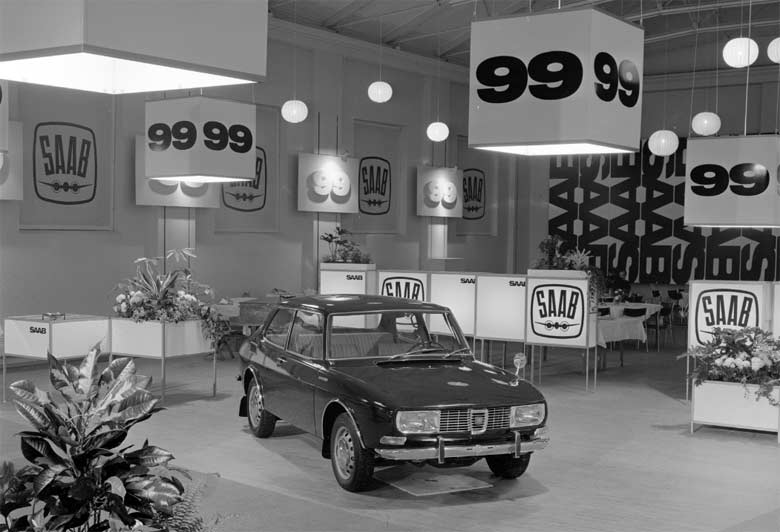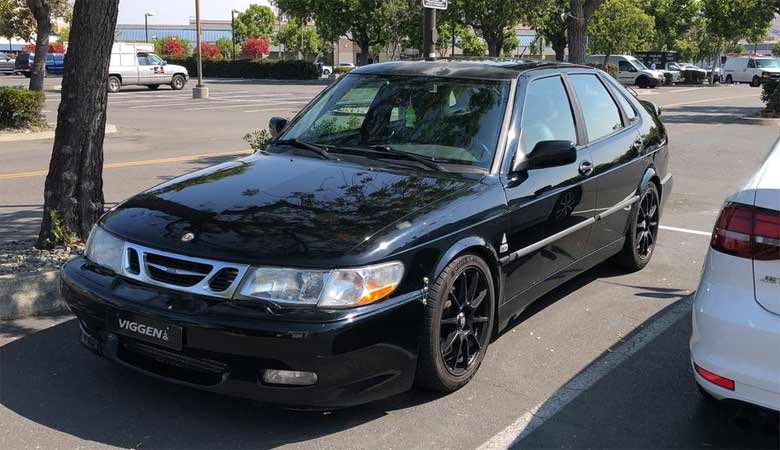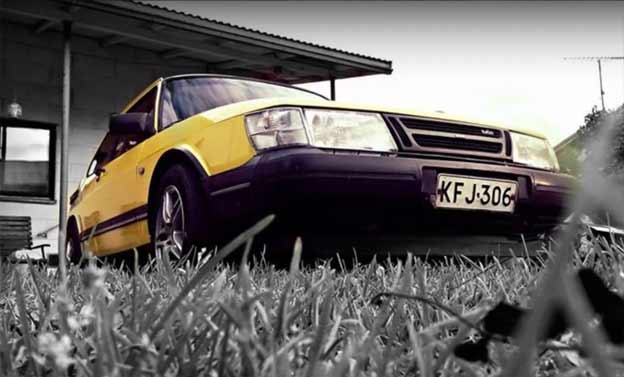Finnish auto-magazine jokamies.fi has published an interesting article about Saab 99 and its place in the history of automotive, planetary.
In the introductory text they say: “Beauty is in the eye of the viewer, but the last incarnations of Saab 99 did not have any beauty at the end of the ’80s. The massive plastic active bumpers had been replaced by the chrome, which was seen in the 1968 presentation of 99. Saab’s philosophy was to put safety in the first place, and this company was a great success.”
The active bumpers offered better protection against collisions. They could withstand a collision of less than 6 km/ h and return to their shape. This is just one of the interesting features that the famous saab 99 had. Since all Saab 99 was manufactured by Saab-Valmet as a subsidiary to Finland, it was no wonder that Finnish police were interested in using the Saab 99 model.

Many Finns remember the blue-white Saab of the police, which had a emergency vehicle lighting and a loud speaker on the roof. Although Saab engineers liked the company’s existing two-stroke engine, it was decided that a four-stroke engine was necessary, and the choice was a 1.7 L (later 1.85 L) engine from Triumph. In the automotive world, Saab was a small car producer, but it also learned to manufacture its own motors, which was seen in the last Model 99 before replacing the model with the 900 model in 1984.
In addition to safety, Saab was also one of the world’s first automobile manufacturers for turbocharged passenger cars. The Saab 99 Turbo was introduced in 1977. There was also a turbocharger from the Garret manufacturer T3 in the B-Class rally car, which boosted its performance by 25% compared to the normal 99 model.
Firstly, it was a good overtaking acceleration. The problem with the first turbines was a limited range of operations, followed by a clear delay between the accelerator pedal depression and the reactor response. But, over time, this problem also has been overcome.











